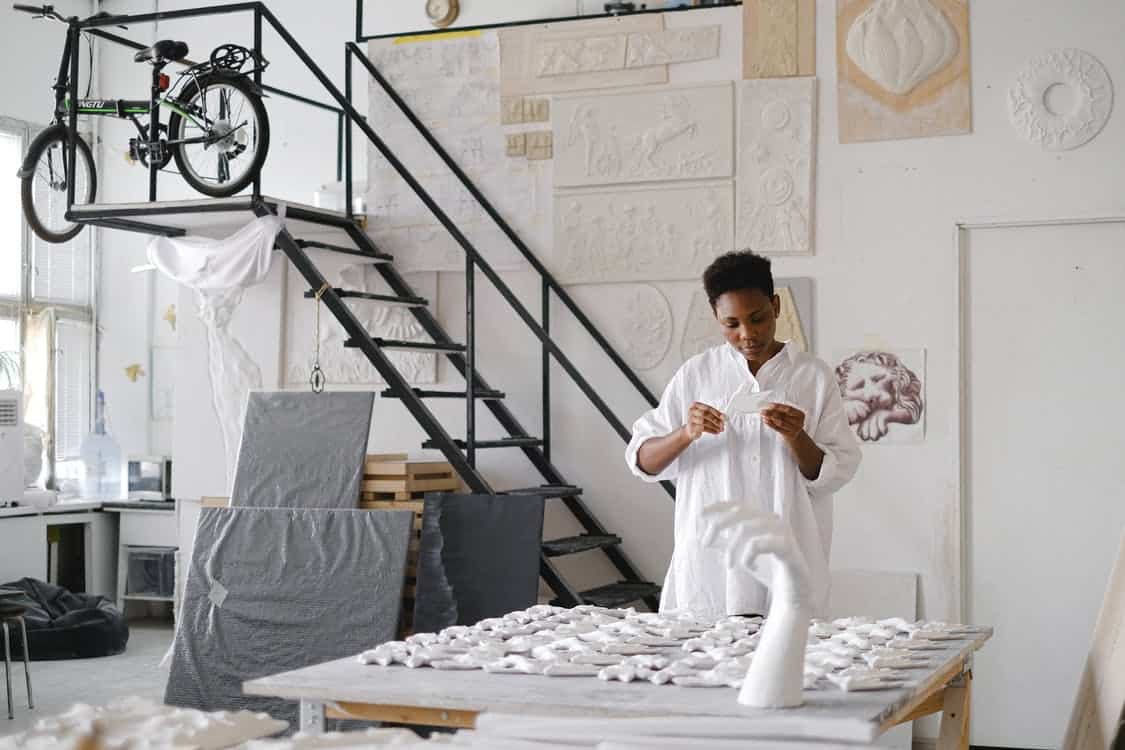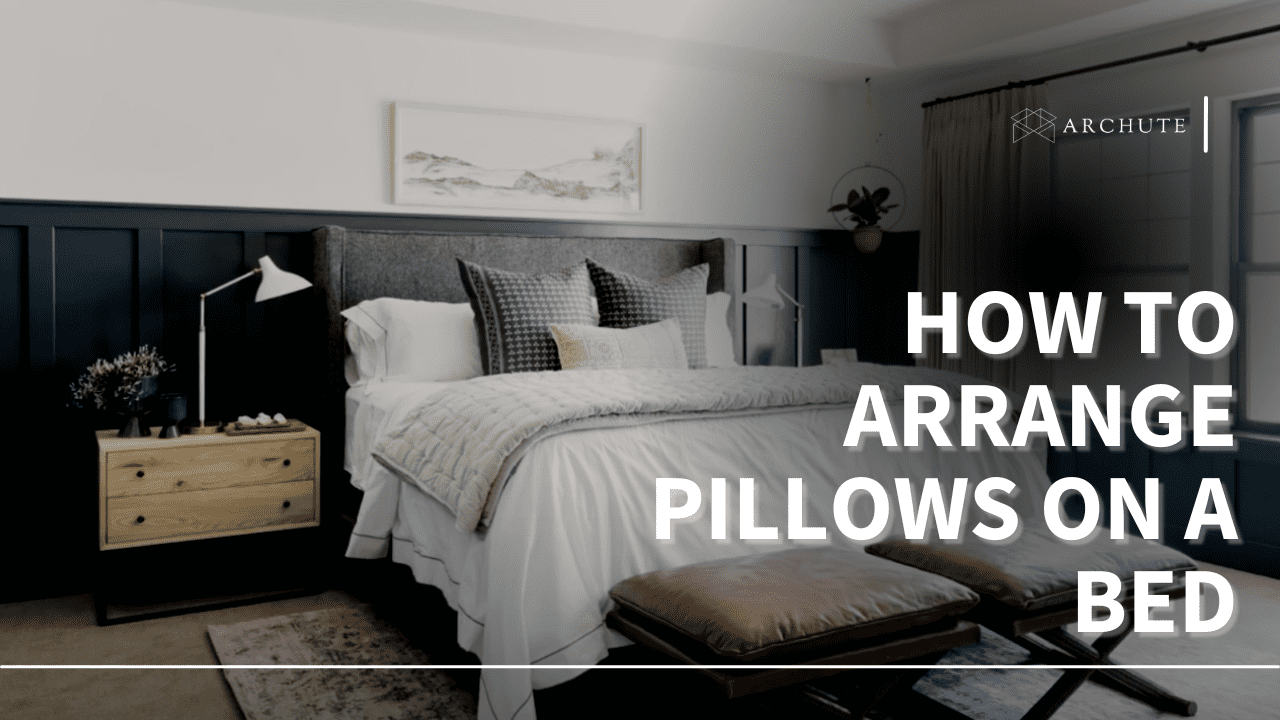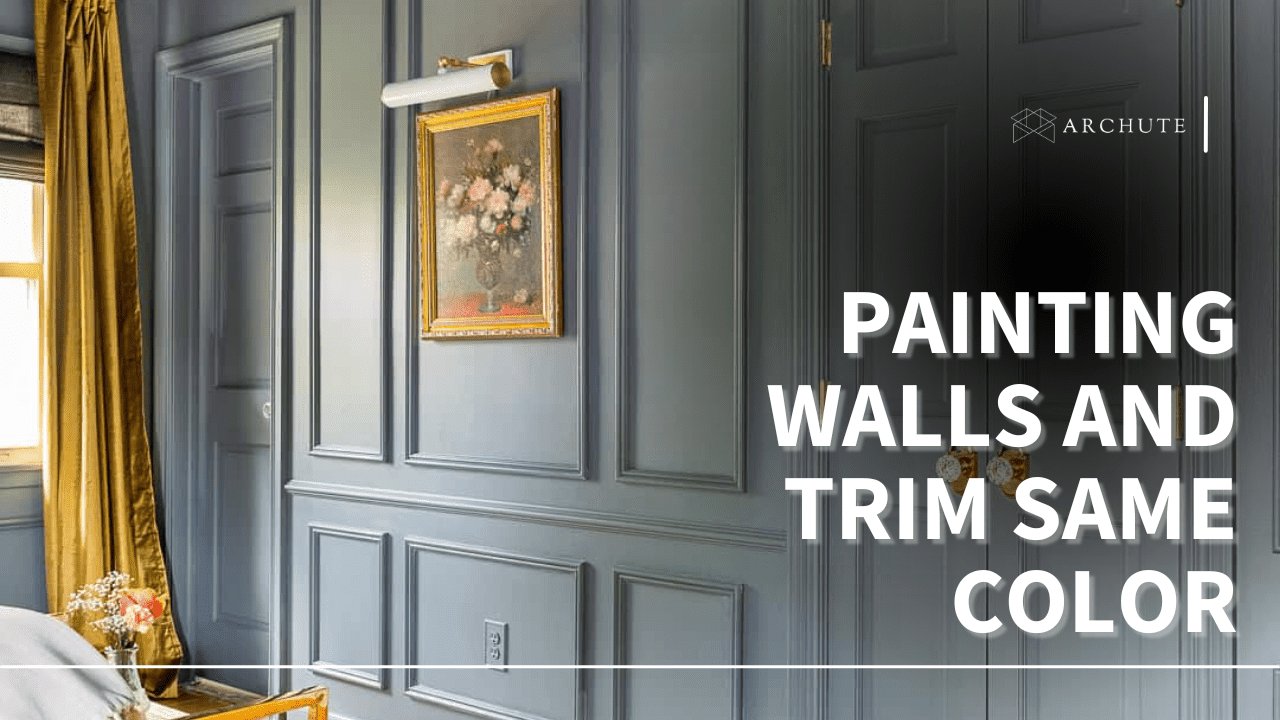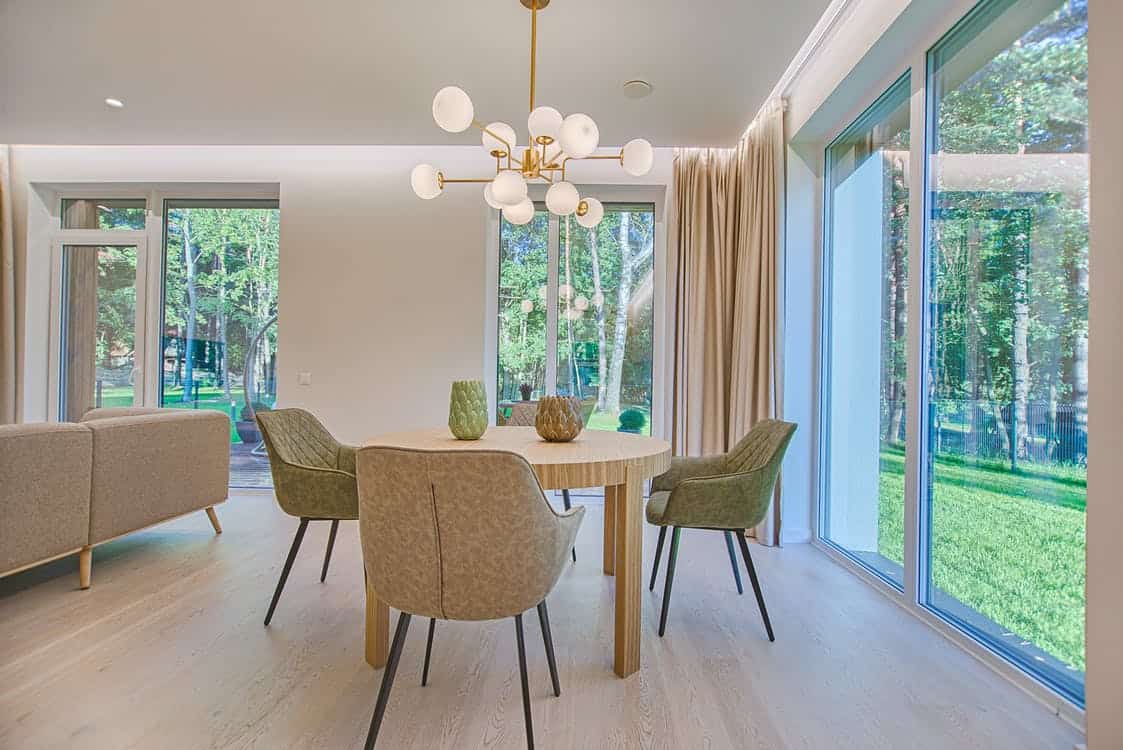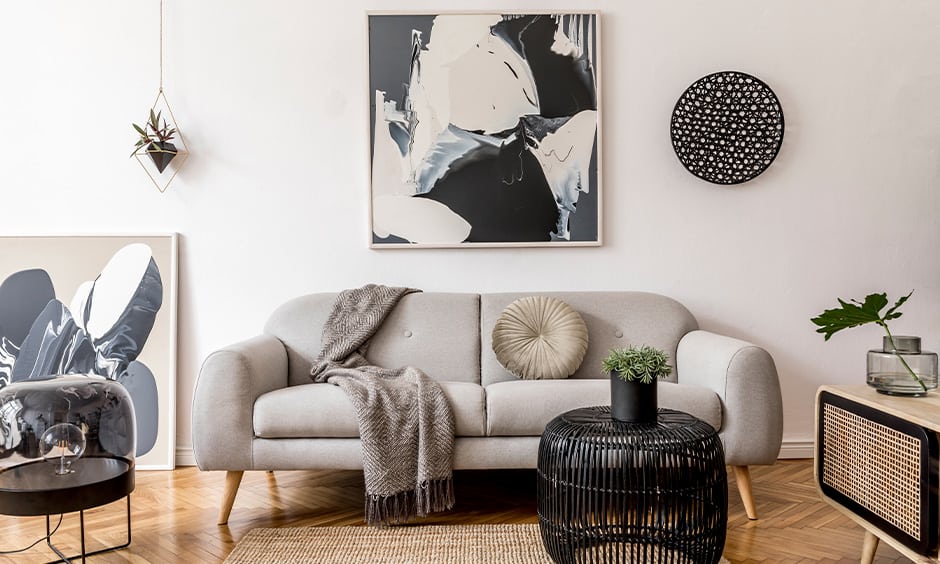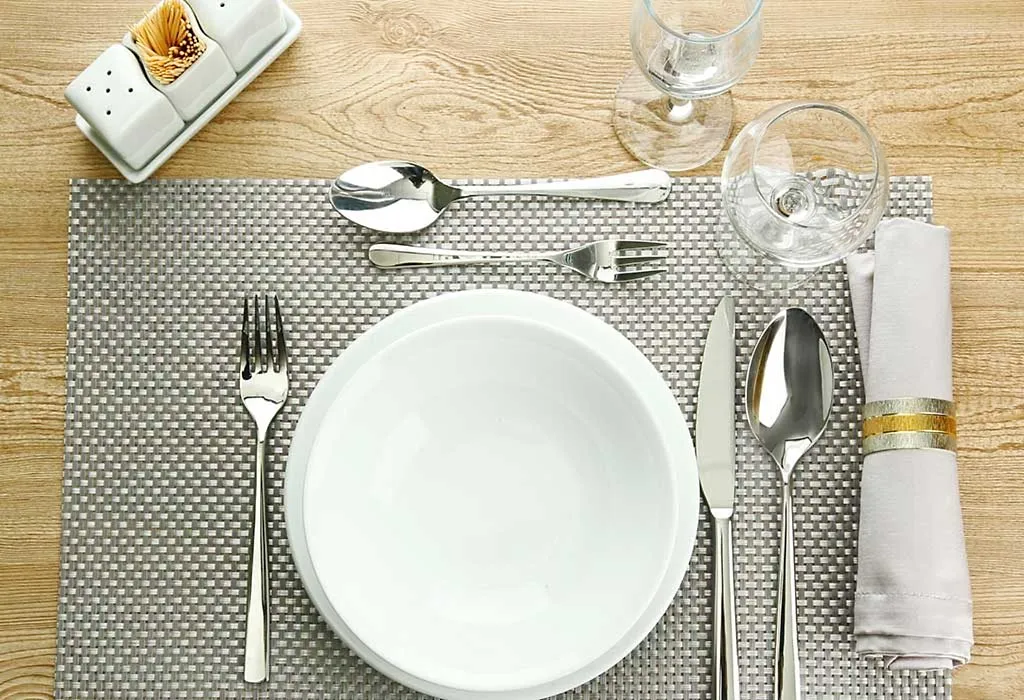Are you fascinated by interior design and the latest styles, yet unsure about how to pursue your ambition of becoming an interior designer? Regardless if you indulge in it as a pastime or are relatively new to the concept, the information discussed here will be of advantage to you.
Interior designers work on space planning, architecture, and interior space and create aesthetically pleasing designs for home and business interiors for different clients. Interior designers usually specialize in a particular area according to their interests. It can be home design, commercial interiors, corporate offices, or environmental designs that impact the human experience.
There is no specific approach to becoming an interior designer, but below, we have listed a few steps on how to become an interior designer.
1. Educate your Eye
Whether you are getting into design school or trying interior design as a hobby, you need to sharpen your eye to designs everywhere. You can achieve this by being keen on your surroundings paying attention to everything around you, like graphic design and architecture, because everything has an emotion and a meaning. Some areas you can visit to educate your eye and get inspiration include museums, furniture galleries, clothing shops, bookstores, and vintage markets.
Such sites and places help you be aware of what kinds of designs you are naturally attracted to, and they can be futuristic, bold, playful, classic, or muted.
2. Study Interior Design
It is also common for most firms to set academic requirements for their interior designers to have at least a Bachelor’s degree, an Associate’s degree or up to master’s level depending on the job specification. However, some fields such as design or architecture especially those that are from an official interior design program that is recognized by the Council for Interior Design Accreditation (CIDA) are more preferred. If you cannot meet the requirements of the program at this time, do not lose hope because you can pursue a Bachelor’s Degree with skill or design-related field. Some of these programs include computer-aided design, art, design, art, or color theory to enhance your designer exposure level and also to enhance your interior designer proficiency.
3. Get Formal Training
Formal training will be an essential step in building your career opportunities and jumpstarting your portfolio after graduating with a degree. You can get some formal training at interior design firms by working design jobs as internships, entry-level, or apprenticeships. Interior designers need formal training for around two years minimum before designers can venture independently or officially take off their interior designer career.
4. Get Licensed
You can be qualified to take the NCIDQ after two years of schooling, which is an official standard in some US and Canada areas. NCIDQ certification helps show clients and employers that you are qualified in your profession. Therefore the certification can be a great start in starting your interior design career.
5. Find Interior Design Work
Once the National Council licenses you, you can pursue any work you want in the interior design industry. You can find design work either by offering your interior design solutions, starting a small interior design business and offer design services, or finding an established interior design firm to employ you.
What does an Interior Designer Do?
Interior designers perform various tasks every day because creating a beautiful space for any client is a critical process that may take months of creative thinking, planning, and a lot of hard work. Their primary responsibilities include but not limited to:
- Coming up with a project timeline
- Sourcing new projects and clients
- Sourcing for fixtures, furnishings, and fittings
- Evaluating and respecting the clients' requirements all through the project
- Preparing sketches, brief, and quotes per the job specifications
- Regular site visits and going to client meetings.
- Preparing detailed drawings from the initial sketches, which you can do on a computer
The different niches that interior designers may focus on include:
- Commercial interior designers can work in spaces like restaurants, hotels or offices and healthcare facilities, and government buildings.
- Residential interior designers can find jobs in bathroom design, kitchen design, or accessibility design.
- Restoration interior designers specialize in working with historic spaces such as museums or historic homes, and they require special knowledge to maintain any historical building design elements.
Skills and Qualifications Interior Designers Need
Aside from attending an interior design school for formal education, there are a few skills and qualifications you can secure to advance your career path and boost your experience. The skill sets include:
i. Experience and Licensing
In most countries like the US, after designers are done with the degree level or something equivalent to degree programs, interior designers need to pass an interior design certification to start working. Once you are eligible, you can take the National Council for Interior Design Qualification exam. This exam is meant to test your knowledge of information like inspection regulations, professional practice, building codes, design applications, color schemes, building permits, accessibility standards, and project coordination.
ii. Computer-Aided Design Skills
Computer-Aided Design (CAD) programs are the software design programs professional interior designers use to finalize their design plans to complete the interior design project. These programs are used in the interior design process to actualize the drawings and sketches. Any aspiring interior designer should have a good understanding of these interior design programs to complete any design project in their path effectively.
iii. Project Management Skills
Since interior designers are in charge of projects from when they start to their end, they need project management and communication skills to complete the clients' jobs. Some of the ways these skills can help are educating you on communicating with building contractors, vendors, or clients, hitting deadlines, and, as the name of the skill, ensuring the project stays organized. These skills ensure interior designers are quick problem solvers who efficiently work with a client to their satisfaction.
iv. Short Specialist Courses
Doing and enlisting plenty of short courses and workshops in your portfolio helps you build skills like technical drawing, CAD, or Photoshop and overall boost your job prospects.
What is an Average Interior Salary?
How much salary an interior designer earns depends on their experience level, where junior and entry-level interior designers earn on the lower end, and head interior designers earn much more. Additionally, head designers set their hourly rates according to their experience and what the designers can deliver location and the type of design they practice. The interior designers' job outlook has been estimated to have a 5% growth rate just as other occupations.
Is there a Difference Between an Interior Designer and an Interior Decorator?
These two terms are used interchangeably to refer to the same thing when in fact they are two distinct careers. An interior designer and an interior decorator are professionals whose mission is to make spaces look more fabulous. However, their jobs are also different since an interior decorator’s work make spaces beautiful using home decor such as vases, rugs, and furniture. Interior designers on the other hand collaborate with interior decorators and design the space, bearing in mind factors such as the codes of the building, functional requirements, barrier-free structures and fire safety measures..
How Do You Build Up a Portfolio as a New Interior Designer?
An interior design portfolio is an essential part of designers' work because it showcases their style and skills making a client or an employer have an idea of their interest and vision. Business cards can work, but portfolios make you look more professional in the interior design world.
Building your own website will help you attract clients as well. There are resources online that can provide you with excellent content, including stock image websites. But, remember, as a designer, if you’re going to discourage sports posters and the run-of-the-mill car picture in someone else’s living room, make sure that you don’t end up with something similar in one of your own rooms. You have to show your potential clients that you also have taste, after all.
For beginners with little to no experience and are looking to build their portfolio, they should design their own home and family members for free. The free projects give you space to bring get your creative juices flowing and also build your portfolio at the same time. To make your portfolio unique:
- Choose catchy images that have the potential of blowing people's minds away.
- Write a case study on top of posting images that gives you a chance to explain the design process.
- Design a great logo for your interior design portfolio to ensure it stands out
What are Some of the Best Interior Design Schools?
There are many interior design schools, but some of the best interior design schools include:
- Savannah College of Art and Design
- New York School of Interior Design
- Parsons School of Design
- Pratt Institute
- Cornell University
- Rhode Island School of Design
- Drexel University
- George Washington University
Frequently Asked Questions
1. Do interior designers get paid well?
Like in any job, interior design pays according to different things, including education, years of experience, certifications, and the kind of unique talent you bring to the table. However, you shouldn't pursue interior design or any other career in general because it pays well but follow your passion for enjoying your work every day.
2. Does interior design require math?
Math is very important especially when designing interiors because it involves technical knowledge that can only be obtained from mathematics. However, if you are interested in designing design, the math may not be necessary, but better safe than sorry.
3. Why is Building Information Modeling good for designers?
BIM software assists designers in developing, visualizing, and altering models of possible building designs; these models can be represented in significant detail or minimal detail, elucidating the building’s systems and parts

